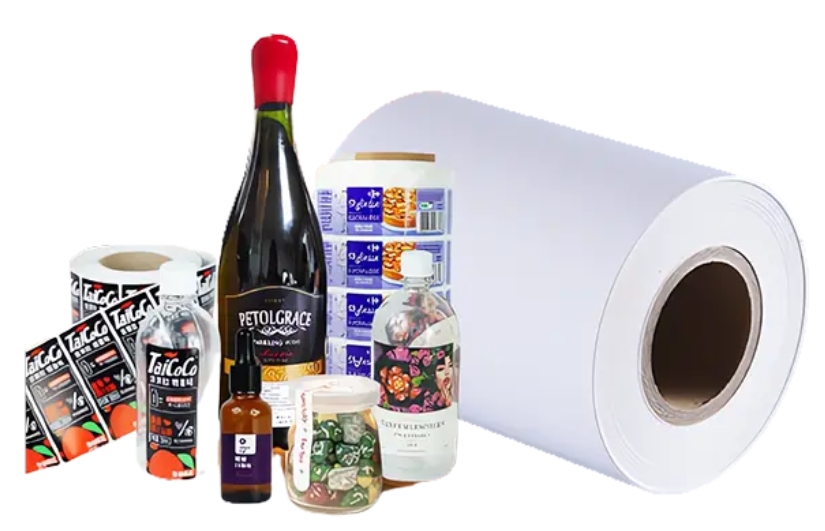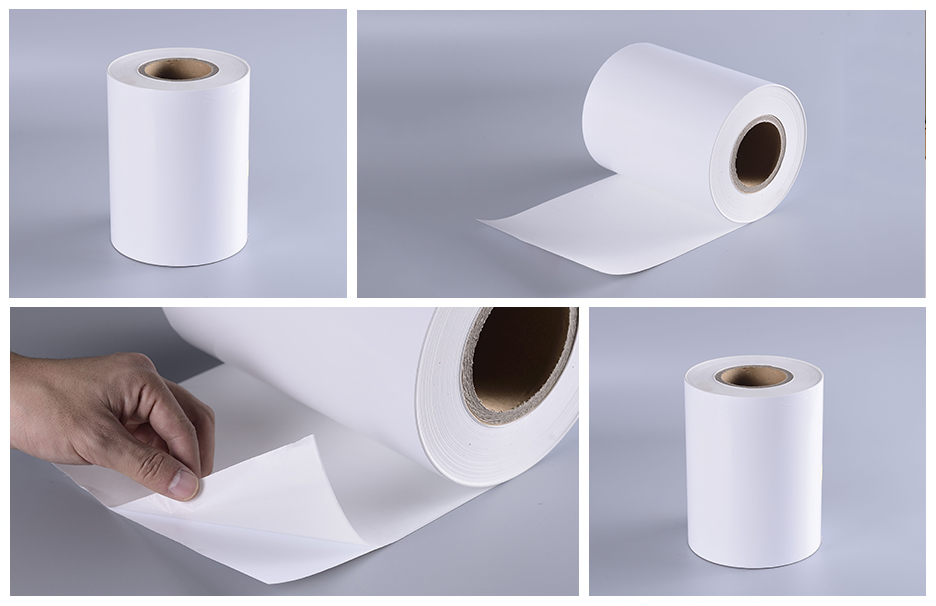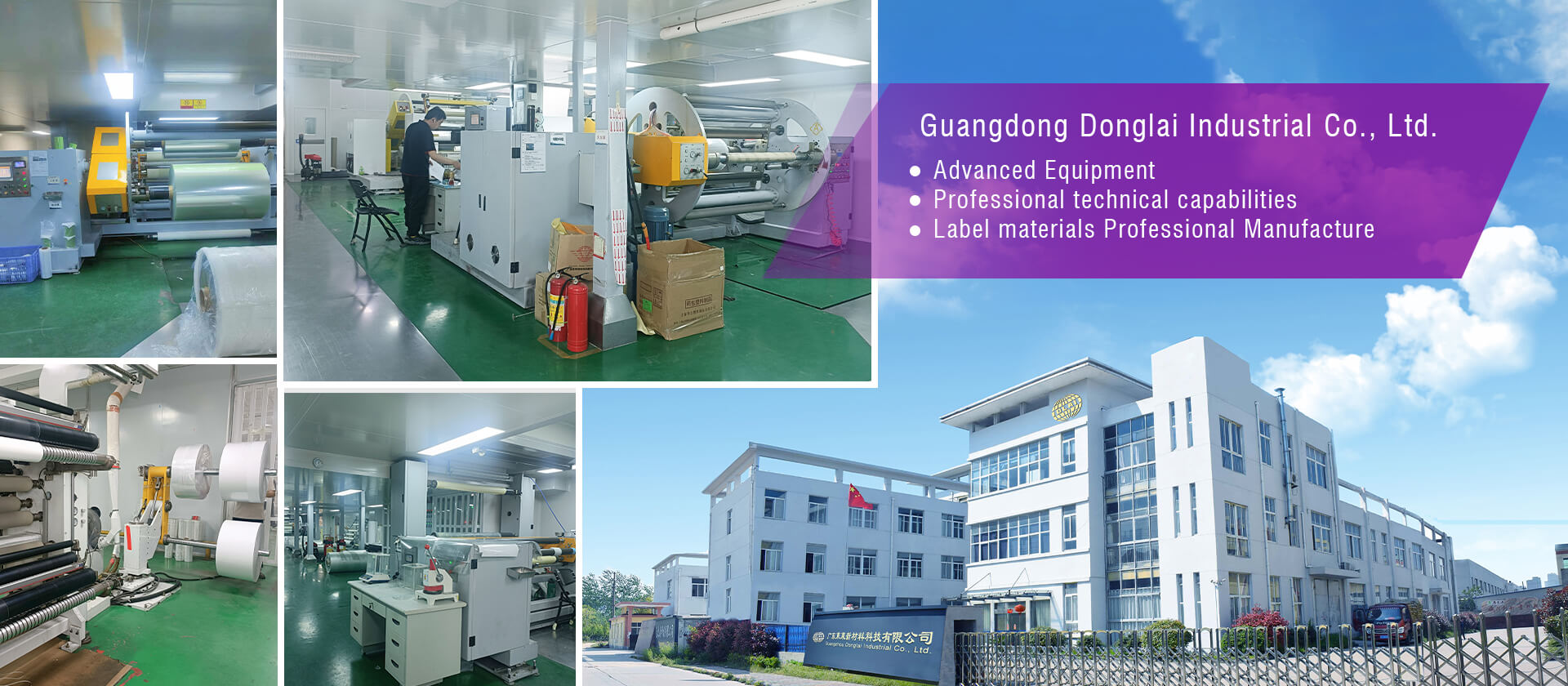Uncovering the Truth That 99% of Users Overlook!
Have you ever wondered why your labels peel off the surfaces they're supposed to adhere to, even when you’ve followed all the application instructions? It’s a common frustration that can undermine the effectiveness of product labeling and branding.
1. Surface Compatibility – The Silent Saboteur
Have you ever experienced the frustration of carefully applying a label, only to have it quickly ripped off? This is a common problem that many people encounter, and there are several factors that can cause it. One of the most critical factors that many people overlook is surface compatibility. Not all labels are designed for use on all types of surfaces. For example, a label that adheres perfectly to metal may not perform well on plastic or wood. Be sure to check that the label material is compatible with the surface you will be applying it to. Manufacturers often provide detailed guidance on this.
Surface compatibility is a key consideration when it comes to ensuring the longevity and effectiveness of labels. If the adhesive on the label is not suitable for the surface it is attached to, it may result in poor adhesion and eventual peeling. This is particularly problematic in industrial or commercial settings where tags are subject to a variety of environmental conditions and handling.
When choosing a label for your product or packaging, the specific surface characteristics of the item must be considered. Factors such as texture, roughness and composition can all affect label adhesion. For example, a label that adheres well to a smooth glass surface may not function effectively on a rough, textured plastic surface. Understanding a label's surface compatibility is critical to achieving a safe and long-lasting bond.
At Dong Lai, we understand the importance of surface compatibility for label adhesion. With more than thirty years of industry experience, our rich product portfolio includes four major series of self-adhesive label materials and daily self-adhesive products, covering more than 200 varieties. Our commitment to quality and innovation ensures our labels are designed to meet the specific requirements of different surfaces, providing reliable adhesion and durability.
Our labels are rigorously tested to ensure compatibility with a variety of surfaces, including metal, plastic, glass and wood. Whether you are labeling retail, industrial equipment or packaging products, our comprehensive range of label materials offers solutions for a variety of surface types. We prioritize developing adhesive products that deliver superior performance in diverse applications, giving our customers confidence in the longevity and reliability of their labels.
In addition to offering a variety of label materials, we offer comprehensive guidance and support to help customers select the labels that best suit their specific surface compatibility needs. Our technical experts can provide advice on selecting the correct label material based on its surface characteristics and environmental conditions.

2. Environmental Factors – The Invisible Enemy
Environmental conditions such as humidity, extreme temperatures, and the presence of oil or dirt can significantly affect the performance of label adhesives. For example, labels used in high-humidity environments may lose their stickiness faster than expected, causing premature peeling. Likewise, extreme temperatures, whether hot or cold, can cause the adhesive to weaken and fail, causing the label to peel off.
One of the key environmental factors that affects label adhesion is humidity. High humidity in the air can impair the ability of the adhesive to effectively bond to the surface, resulting in poor adhesion and ultimately label peeling. Additionally, the presence of oil or dirt on the application surface can create a barrier between the label and substrate, preventing the adhesive from forming a strong bond.
To address these challenges, the environmental conditions in which the label will be applied must be considered. Making sure the application area is clean and dry before applying the label can significantly extend the life of the bond. This simple step can help remove any potential obstacles that may hinder the performance of the adhesive, resulting in a stronger, longer-lasting bond between the label and surface.
Additionally, choosing an adhesive specifically designed to withstand different environmental conditions can also help reduce the risk of label detachment. Adhesives formulated to resist moisture, extreme temperatures, and exposure to oil and dirt provide a more reliable, longer-lasting bond, ensuring your labels stay securely in place no matter the environmental challenges they face.
3. Adhesive Quality – The Hidden Flaw
For self-adhesive label materials, the quality of the adhesive is a key factor in determining its effectiveness. Labels using low-quality adhesive may not adhere properly, causing them to peel, curl, or fall off completely. Not only can this be frustrating, it can also damage the image and professionalism of your product or document.
To solve this problem, it is crucial to choose labels with high-quality adhesive that are specifically suited to your needs. High-quality adhesive designed to provide a strong, long-lasting bond, ensuring your labels stay where they belong. When selecting label materials, look for options that offer "high tack" or "permanent" adhesives, especially if longevity is critical to your application.
Not all self-adhesive label materials are created equal, and the quality of the adhesive can have a significant impact on the performance and reliability of the label. Investing in labels with high-quality adhesive may cost a little more, but the benefits far outweigh the initial investment. High-quality adhesive eliminates the hassle of constantly re-adhering labels and ensures your product or document maintains a professional appearance.

4. Application Techniques – The Overlooked Technique
Improper use of labels can cause adhesion failure, causing the labels to fall off easily. Manual application of labels can sometimes result in uneven pressure, resulting in bubbles or weak spots. This significantly reduces the effectiveness of the adhesive, causing the label to lose grip over time. However, there is a solution to this problem.
One of the key factors in ensuring long-term label adhesion is the application technique used. Tools like a label applicator ensure more consistent application, improving adhesion. The label applicator is designed to apply labels with even pressure, minimizing the risk of air bubbles and weak spots. This creates a stronger bond between the labels and the surface, reducing the chance of them coming off.
In addition to using the correct application tools, it is also important to select the correct self-adhesive label material for your specific surface and environmental conditions. Factors such as temperature, humidity and surface texture can all affect label adhesion. Choosing the appropriate label material that can withstand these conditions can significantly increase the longevity of your labels.
Additionally, you must ensure that the surface to which the label is attached is clean and free of any dust, oil, or debris. Any contamination on the surface will interfere with the bonding, causing poor bonding and ultimately label failure.
Labels that keep peeling off can often be attributed to improper application techniques and the use of unsuitable label materials. By using the right tools, such as a label applicator, and choosing the right self-adhesive label material, you can significantly improve your label's adhesion and prevent it from peeling off. Considering these factors can save you time, money, and the hassle of dealing with invalid tags.
5. Label Material – The Decisive Factor
The material of the label plays an important role in its adhesion and durability. Vinyl, polyester and other high-durability materials tend to have better adhesive properties and are more resistant to environmental factors than paper labels. When selecting label materials, the specific requirements of the application must be considered.
One of the main reasons labels keep peeling off is the use of inappropriate label materials. Paper labels, while cost-effective and versatile, may not be suitable for applications exposed to moisture, extreme temperatures, or rough handling. In this case, choosing vinyl or polyester labels can significantly improve the label's longevity and adhesion.
For example, vinyl labels are known for their exceptional durability and resistance to harsh conditions. They are waterproof, tear-resistant, and can withstand chemicals and UV exposure. These properties make vinyl labels ideal for outdoor use, industrial settings and products that are frequently handled.
Polyester labels, on the other hand, offer similar benefits in terms of durability and resistance. They are often used in applications where long-term adhesion is critical, such as asset tags, equipment labels and product identification. Polyester labels are also known for their ability to maintain clarity and legibility, making them suitable for barcode labels and other applications that require high-quality printing.
In addition to the material's durability, its adhesive properties play a vital role in ensuring the label stays in place. High-quality label materials are often paired with strong adhesives that bond securely to a variety of surfaces. This is especially important for labels applied to challenging surfaces such as textured, curved or uneven surfaces.
Additionally, the environmental factors to which the label is exposed can affect its adhesion. Extreme temperatures, humidity, chemicals and UV exposure can all affect label performance. Choosing label materials specifically designed to withstand these conditions can prevent problems like peeling, lifting, or fading.
When labels keep falling off, not only does it create a negative impression, it can also lead to real problems, such as losing important information or tracking details. By choosing the right label material based on your application needs, you can ensure your labels stay securely in place, maintaining their integrity and functionality.
In summary, the material of the label is a key factor in determining its adhesion and longevity. By choosing a durable material like vinyl or polyester and considering the specific requirements of your application, you can prevent the frustration of labels that keep peeling off. Investing in high-quality label materials not only ensures better adhesion, but also helps improve the overall effectiveness and professionalism of your labeling solution.

Contact us now!
Over the past three decades, Donglai has achieved remarkable progress and emerged as a leader in the industry. The company's extensive product portfolio comprises four series of self-adhesive label materials and daily adhesive products, encompassing more than 200 diverse varieties.
With an annual production and sales volume exceeding 80,000 tons, the company has consistently demonstrated its capability to meet the market demands on a large scale.
Feel free to contact us anytime! We're here to help and would love to hear from you.
Adress: 101, No.6, Limin Street, Dalong Village, Shiji Town, Panyu District, Guangzhou
Phone: +8613600322525
mail: cherry2525@vip.163.com
Sales Executive
Post time: Apr-22-2024

